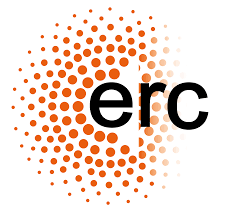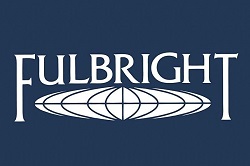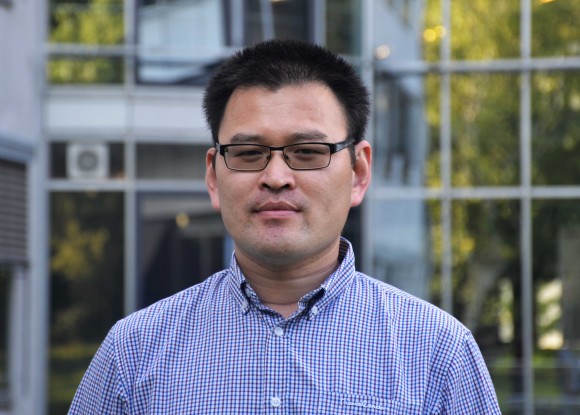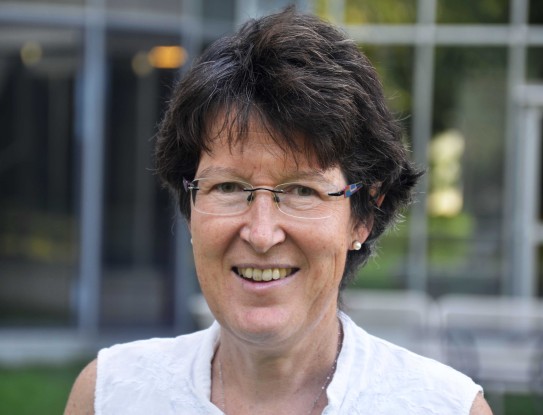A05: Designing 4f-3d permanent magnets by tailoring crystal fields
In this subproject Ce-based 4f-3d permanent magnetic materials will be designed using the systematic investigations of thermodynamic phase diagrams and accurate evaluations of the intrinsic magnetic properties for the constitute phases. These parameterized intrinsic magnetic properties will be used in micromagnetic simulations in other HoMMAGE subprojects. The objective of the subproject is to obtain accurate electronic structure based on the state-of-the-art density functional theory combined with the dynamical mean field theory (DFT+DMFT) methods. This should identify the local structural motifs which can be engineered to develop next generation permanent magnets.











